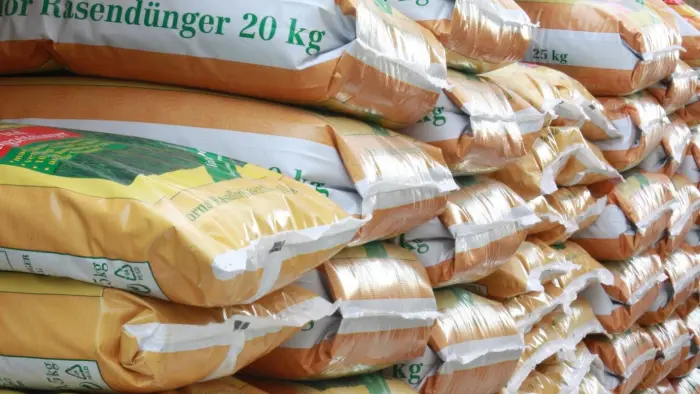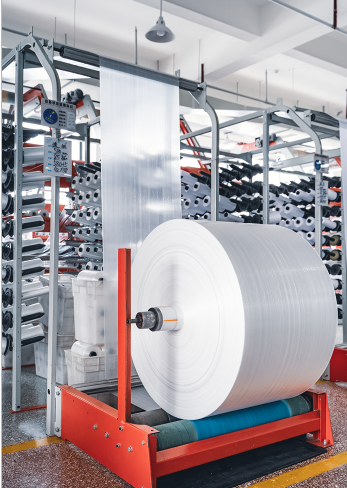
Whether produced synthetically or derived organically, fertilizer quality relies heavily on storage and transport protection. Improper packaging allows moisture or oxygen to compromise nutrients. Temperature swings also degrade fertilizer over time.
Let’s review key bag materials for maintaining quality.
Fertilizer bags must withstand some abuse while keeping out humidity and preventing spillage. Different material options balance cost, breathability, sustainability and protection.
If you are a supplier or distributor of fertilizer and are wondering, “what is the best way to store fertilizer?”, well, the answer relies in the packaging material. Here are some of the most popular packaging materials for fertilizers:
Of all common fertilizer bag fabrics, woven polypropylene (PP) bags offer the best all-around performance. This material combines exceptional strength with light weight, lasting for years of reuse. UV inhibitors provide outdoor sun exposure protection without degradation.
PP woven construction allows beneficial airflow while blocking liquid water. This maintains cool, dry nutrient storage while preventing caking or clumping during transport. High-density polyethylene (HDPE) liners are often added to boost interior water barrier performance.
For more budget-focused applications, polyethylene (PE) film bags offer inexpensive fertilizer containment. Their limp structure conforms around fertilizer contents to minimize wasted space.
Unfortunately, the thin single-layer construction provides only marginal water vapor barrier compared to woven PP bags. PE film allows relative humidity changes to impact fertilizer over time. This can lead to caking during storage in humid environments.
On the positive side, PE film transparency enables inspecting contents without opening bags. PE material also readily accepts colorful branding print that withstands sun exposure. Just recognize the compromise in long-term fertilizer protection versus woven polypropylene.
Paper fertilizer bags appeal to sustainability-focused consumers and companies. Their natural material breakdown provides organic nutrient release.
However, paper lacks the ruggedness and water resistance of woven PP and PE bags. Contents must be kept fully dry to prevent tearing, nutrient leaching and contamination. Wax coatings provide modest liquid moisture holdout but eventual failure from abrasions or humidity saturation.
For ultimate fertilizer preservation, biaxially-oriented polypropylene (BOPP) bags add high-barrier protection. This specially processed polypropylene film provides exceptional resistance to oxygen, moisture ingress and UV radiation.
The result is long-term containment of nutrients without degradation related to humidity, caking or temperature swings. BOPP enables extended global transport and multi-season warehouse storage while maintaining fertilizer integrity.
As a leading manufacturer of woven and plastic packaging solutions, Xifa specializes in optimized fertilizer bags for maintaining nutrient stability. Their offerings include durable polypropylene bags, high-clarity BOPP bags, and cost-effective PE film bags. Xifa’s expertise across these key materials enables custom selection of the ideal bag construction for your fertilizer application.
Packaging plays a huge role in maintaining fertilizer stability, nutrients and performance. For optimal protection from humidity with rugged reuse, woven polypropylene bags represent the industry gold standard. PE film bags provide very affordable containment but with permeability compromises over time.
For sustainable packaging or consumer use, paper bags suffice but lack water resistance for commercial distribution. And BOPP film takes high-barrier traits to the next level for maximizing large-scale transport and storage preservation.
Work with packaging innovator Xifa Group to identify the right fertilizer bag solution meeting your specific performance, cost and sustainability goals. Their experts help protect precious nutrients until soil delivery.




